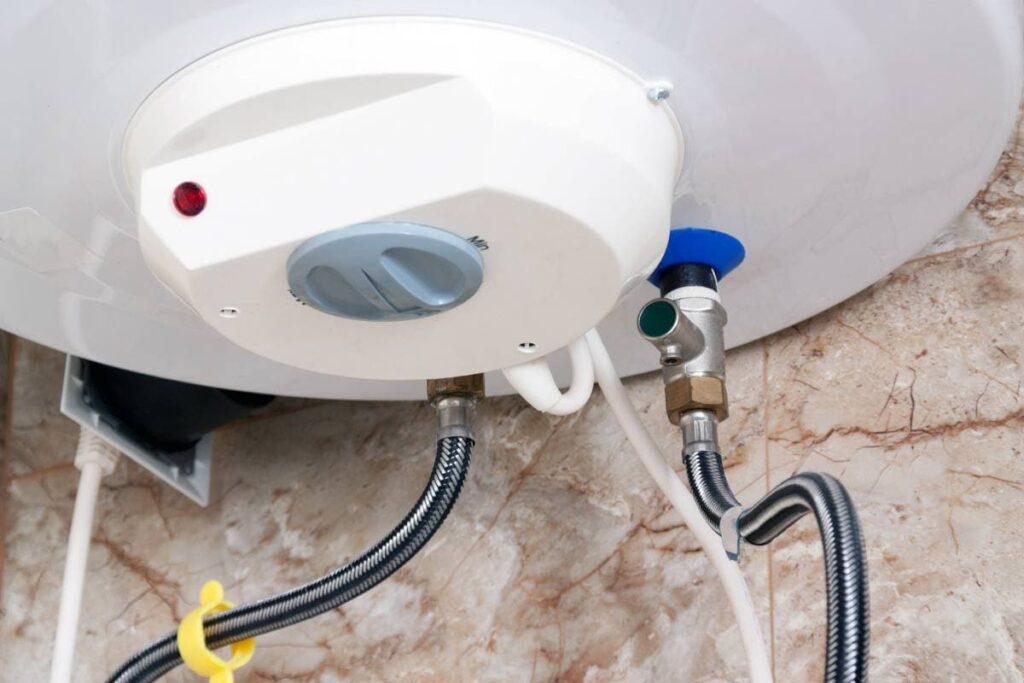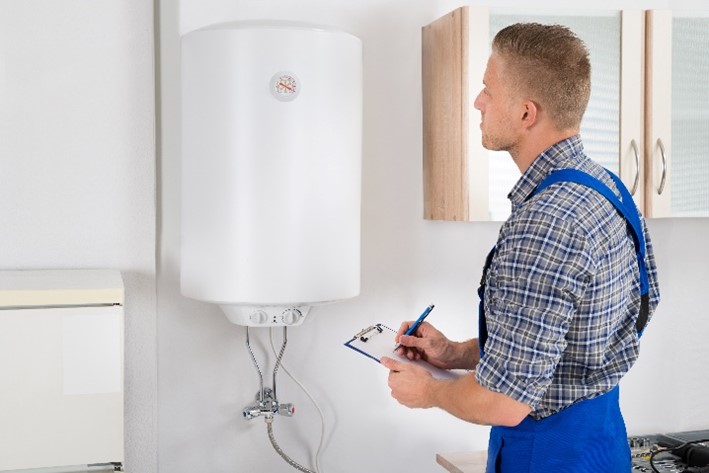How to Maintain Your Home's Hot Water System Functioning Well
How to Maintain Your Home's Hot Water System Functioning Well
Blog Article
The content down below involving Tips For Maintaining Your Hot Water Heater is really enlightening. Read it for your own benefit and decide what you think of it.

Warm water is necessary for daily comfort, whether it's for a revitalizing shower or washing recipes. To ensure your hot water system runs effectively and lasts much longer, routine upkeep is key. This post provides functional tips and insights on how to preserve your home's warm water system to avoid disturbances and costly repair services.
Intro
Preserving your home's warm water system might appear daunting, however with a couple of simple steps, you can guarantee it runs smoothly for many years to come. This overview covers every little thing from recognizing your hot water system to do it yourself upkeep tips and understanding when to employ specialist help.
Value of Keeping Your Hot Water System
Routine upkeep not just extends the life expectancy of your warm water system yet also ensures it runs successfully. Neglecting maintenance can cause lowered efficiency, higher energy expenses, and also early failure of the system.
Indications Your Warm Water System Demands Upkeep
Knowing when your warm water system needs interest can protect against major problems. Keep an eye out for signs such as irregular water temperature, weird noises from the heating unit, or corroded water.
Recognizing Your Warm Water System
Prior to diving into maintenance tasks, it's handy to understand the fundamental parts of your warm water system. Generally, this includes the hot water heater itself, pipelines, anode rods, and temperature level controls.
Monthly Maintenance Tasks
Regular regular monthly checks can aid capture minor issues before they rise.
Purging the Hot Water Heater
Purging your water heater eliminates sediment accumulation, enhancing effectiveness and extending its life.
Monitoring and Changing Anode Rods
Anode rods avoid rust inside the storage tank. Evaluating and changing them when broken is critical.
Evaluating and Readjusting Temperature Settings
Adjusting the temperature settings makes certain optimum performance and safety.
Do It Yourself Tips for Upkeep
You can execute numerous upkeep jobs on your own to maintain your warm water system in leading problem.
Looking for Leakages
Consistently check pipelines and links for leakages, as these can cause water damages and greater bills.
Testing Stress Relief Valves
Testing the stress safety valve ensures it operates properly and avoids excessive stress accumulation.
Insulating Pipelines
Shielding hot water pipes lowers warm loss and can conserve power.
When to Call an Expert
While DIY maintenance is advantageous, some concerns call for professional proficiency.
Facility Problems Requiring Specialist Assistance
Examples consist of major leakages, electric problems, or if your water heater is consistently underperforming.
Regular Specialist Maintenance Benefits
Specialist upkeep can consist of detailed assessments, tune-ups, and guaranteeing conformity with security requirements.
Conclusion
Normal upkeep of your home's hot water system is crucial for performance, longevity, and expense savings. By complying with these tips and understanding when to look for professional aid, you can ensure a reputable supply of warm water without unforeseen disruptions.
How to Maintain an Instant Hot Water Heater
Before tinkering with your hot water heater, make sure that it’s not powered on. You also have to turn off the main circuit breaker and shut off the main gas line to prevent accidents. Also turn off the water valves connected to your unit to prevent water from flowing into and out of the appliance. 2. When you’re done, you have to detach the purge valves’ caps. These look like the letter “T†and are situated on either side of the water valves. Doing so will release any pressure that has accumulated inside the valves while at the same time avoid hot water from shooting out and burning your skin. 3. When the purge valves’ caps are removed, you have to connect your hosing lines to the valves. Your unit should have come with three hoses but if it didn’t, you can purchase these things from any hardware or home repair shops. You can also get them from retail stores that sell water heating systems. Read the user’s manual and follow it to complete this task properly. When the hosing lines are connected, open the purge port’s valves. 4. You should never use harsh chemical cleaners or solutions when cleaning your unit. Make use of white vinegar instead. It should be undiluted and you’ll probably use about 2 gallons. 5. Now flush your water heater. This task should probably take about 40 minutes. We can’t give you specific directions for this because the procedure is carried out depending on the type, model and brand of your heater. With that being said, refer to the user’s manual. 6. When you’re done draining the unit, you have to turn off the purge port valves again. Remove the hosing lines that you earlier installed on each of the water valves. Put the valve caps (purge port) back in their respective places and be very careful so as not to damage the rubber discs that are found inside these caps. 7. Now that everything’s back in place, check your user’s manual again to find out how to reactivate your water heating system. 8. Once it is working, turn one of your hot water faucets on just to let air pass through the heater’s water supply pipes. Leave the tap on until water flows smoothly out of it. https://www.orrplumbing.com/blog/2014/september/how-to-maintain-an-instant-hot-water-heater/

I found that page about Tips For Maintaining Your Hot Water Heater while doing a lookup on the web. Are you aware of anybody else who is looking into the subject? Do not hesitate to promote it. Thank-you for your time spent reading it.
Click Here Report this page